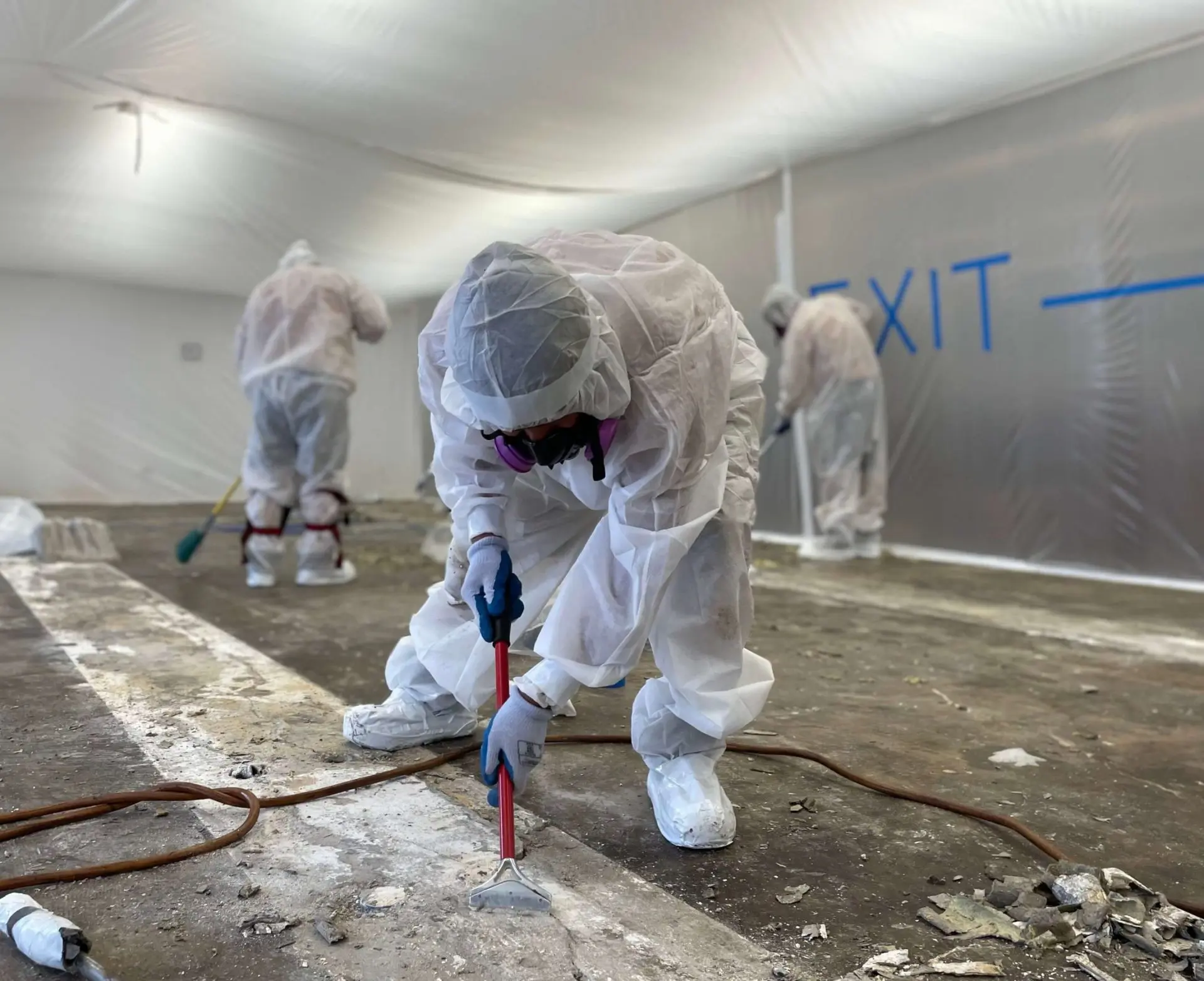Embarking on a major refurbishment project for a condominium is an exciting endeavor, promising revitalized spaces and enhanced living experiences for residents. However, amidst the renovation excitement, the discovery of asbestos can present a significant hurdle, requiring careful navigation and decisive action. Here, we explore the implications of finding asbestos during condo refurbishment, along with viable options for addressing this challenge.
Understanding the Risks:
Asbestos, once hailed for its fire resistance and insulating properties, is now recognized as a hazardous material linked to serious health risks, including lung cancer and mesothelioma. Commonly used in construction materials such as insulation, flooring, and ceiling tiles, asbestos poses a threat when disturbed, releasing microscopic fibers into the air that can be inhaled and cause harm.
Immediate Steps:
Upon discovering asbestos during condo refurbishment, it is imperative to take immediate action to mitigate risks and ensure the safety of occupants and workers. The first step is to halt all renovation activities in the affected areas and restrict access to prevent further disturbance of asbestos-containing materials (ACMs).
Professional Assessment:
Engaging a qualified asbestos abatement contractor or consultant is essential for conducting a comprehensive assessment of the extent and condition of asbestos within the condominium. Through thorough testing and analysis, professionals can identify ACMs, assess their condition, and develop a tailored management plan to address the asbestos safely and effectively.
Options for Asbestos Management:
Once the presence of asbestos has been confirmed, condominium owners and stakeholders must weigh various options for managing the asbestos during refurbishment:
1. Encapsulation:
In cases where asbestos-containing materials are in good condition and unlikely to be disturbed, encapsulation may be a viable option. This involves sealing or encapsulating the asbestos with a protective coating to prevent the release of fibers. Encapsulation can be a cost-effective and minimally invasive solution, preserving the integrity of the materials while mitigating health risks.
2. Enclosure:
For areas where asbestos-containing materials cannot be safely removed or encapsulated, enclosure may be employed as a containment strategy. This involves constructing a physical barrier around the asbestos-containing materials to prevent exposure and minimize the risk of fiber release. Enclosure can be an effective interim measure, providing temporary containment until more permanent solutions can be implemented.
3. Removal:
In cases where asbestos-containing materials pose a significant risk or cannot be effectively managed through encapsulation or enclosure, removal may be necessary. Asbestos removal must be performed by licensed and trained professionals using specialized equipment and procedures to ensure safe and compliant abatement. While removal may be the most comprehensive solution, it is also the most invasive and costly option, requiring careful planning and execution.
4. Ongoing Monitoring and Maintenance:
Regardless of the chosen management strategy, ongoing monitoring and maintenance are crucial to ensuring the long-term effectiveness of asbestos management measures. Regular inspections, air monitoring, and maintenance activities can help detect any signs of deterioration or damage to asbestos-containing materials and facilitate timely intervention to mitigate risks.
Compliance and Legal Considerations:
Throughout the process of managing asbestos during condo refurbishment, it is essential to adhere to regulatory requirements and legal obligations governing asbestos abatement. Condominium owners and stakeholders must ensure compliance with local regulations, obtain necessary permits, and adhere to industry best practices to protect the health and safety of occupants and workers.
In conclusion, discovering asbestos during condo refurbishment presents a complex challenge that requires careful consideration and decisive action. By engaging qualified professionals, assessing options for asbestos management, and prioritizing safety and compliance, condominium owners can navigate this challenge effectively while ensuring the success of their refurbishment project. Vigilance, proactive planning, and adherence to best practices are essential for safeguarding the health and well-being of all stakeholders involved.

